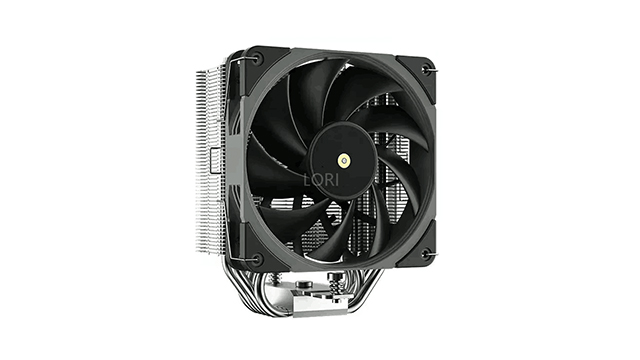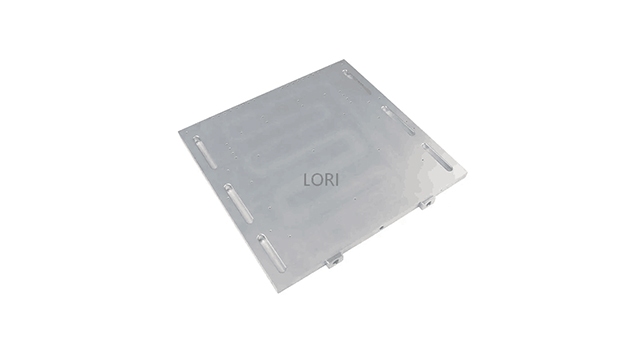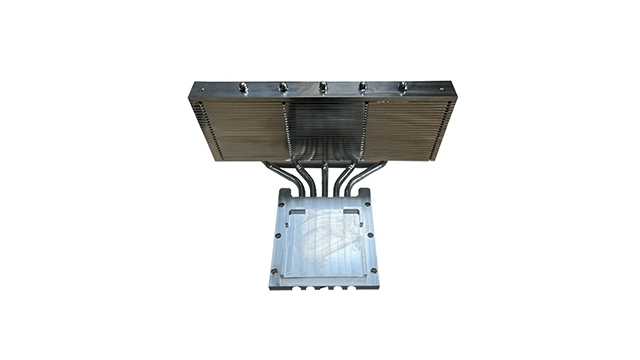Electronic devices/systems packaged in the traditional way often use external heat sinks as heat sinks. Heat transfer from the chip to the heat sink and convective heat transfer from the heat sink to the surrounding environment are the main heat transfer modes. According to the way the heat sink takes away heat is classified, the heat dissipation of electronic devices can be divided into active heat dissipation and passive heat dissipation. Active heat dissipation includes forced air cooling and forced liquid cooling. Passive heat dissipation includes natural convection and phase change cooling.

1. Natural convection heat dissipation
Natural convection heat dissipation technology uses air as a heat transfer medium and carries away heat through the flow of air around the heat sink fin, which is the heat dissipation method used by most low-power electronic devices at present. Its advantages are simple structure and reliable operation, natural convection heat dissipation is suitable for heat flux <10 W/cm2, and its application in high heat flux occasions has limitations.

2. Forced air cooling for heat dissipation
In order to improve the heat dissipation capacity, forced air cooling can be used to dissipate heat. The difference between it and natural convection heat dissipation is that it uses a fan to provide power, forcing the air to flow. In this way, the flow speed of air can be greatly improved, so that the heat dissipation capacity is enhanced. The cooling capacity of forced air cooling is about 5 to 10 times that of natural convection heat dissipation. Although its heat dissipation capacity is much stronger than natural convection heat dissipation, it is still limited.

3. Force liquid cooling to dissipate heat
At room temperature, the thermal conductivity of air is 0.0267W /(m·K), the thermal conductivity of water is about 23 times that of air, and the thermal conductivity of thermal oil is about 9.5 times that of air. In order to further enhance the heat dissipation capacity, an external forced liquid cooling heat sink can be used, in the cooling structure, the heat generated by the heat source is transferred to the liquid cooling plate in the way of thermal conduction, and then transferred to the cold liquid by the way of convective heat transfer. After the cold liquid is heated, it is transferred to the heat exchanger under the action of the pump for further heat dissipation. The cooling effect of forced liquid cooling is better than that of forced air cooling. If you choose a liquid with a higher thermal conductivity, you can further enhance the heat dissipation capacity. Compared with water, the heat transfer performance of liquid metals is extremely excellent, for example, the thermal conductivity of gallium is about 60 times that of water. Therefore, under the same circumstances, the use of liquid gallium metal as a cold liquid can significantly improve the heat transport capacity.

4.Phase change heat dissipation
Heat dissipation using the principle of material phase change is called phase change heat dissipation, which can be divided into direct phase change heat dissipation and indirect phase change heat dissipation. Direct phase change heat dissipation refers to the component directly immersed in the heat dissipation medium; Indirect heat dissipation means that components and heat dissipation media are not in direct contact. For example, heat pipe heat dissipation is a phase change heat dissipation method using liquid phase transition. Heat pipe heat dissipation is the mainstream heat dissipation technology of laptop computers, and its heat flux is generally 10~100 W/cm2.
Air cooling, liquid cooling, phase change cooling and other heat dissipation technologies can solve many heat dissipation problems in the field of microelectronics. Lori produces a series of products by air cooling, liquid cooling, phase change cooling and other cooling technologies, and the products are exported to the global market, and get the trust and praise of our customers.









